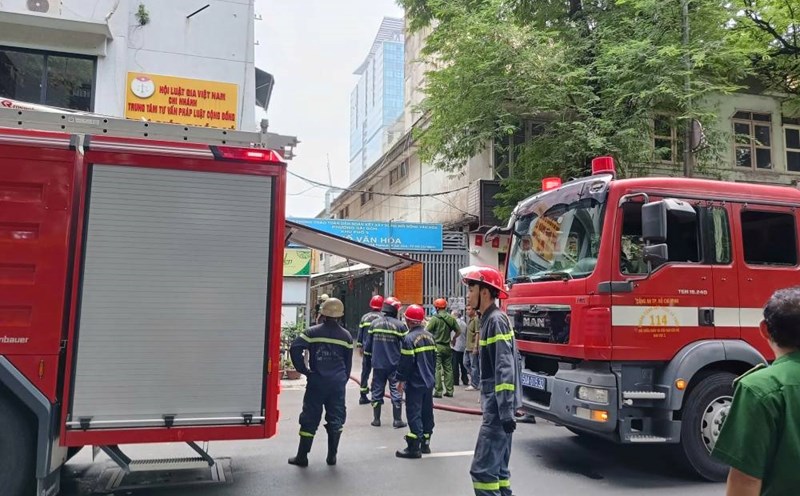The Ministry of Home Affairs has just sent the Ministry of Justice a dossier for appraisal of the draft Decree on the classification of administrative units.
According to the Ministry of Home Affairs, after the merger and arrangement of administrative units, the whole country has 34 provincial-level administrative units (6 cities and 28 provinces) and 3,321 commune-level administrative units (2,621 communes, 687 wards, 13 special zones). The number and scale of provincial and commune-level administrative units have fluctuated greatly compared to before the reorganization (before June 2025).
At the provincial level, 29 provincial administrative units have been reduced. The average natural area of each province and city is 9,743 km2, an increase of 85.3% compared to before. Of which, Lam Dong province currently has the largest area in the country with 24,243.13 km2, far surpassing Nghe An - the largest province before.
The average population of the province also increased by 85.3%, reaching more than 3.3 million people. Ho Chi Minh City is the locality with the largest population, with more than 14.6 million people, an increase of nearly 4.7 million compared to before the arrangement.
In addition, the formation of a "special zone" is a completely new type of administrative unit, outside the scope of regulation of Resolution No. 1211/2016/UBTVQH12.
Regarding the practical implementation of regulations on administrative unit classification in Resolution No. 1211/2025/UBTVQH15 (amended and supplemented in Resolution No. 27/2022/UBTVQH15) in the past, some shortcomings and limitations have been revealed.
The Ministry of Home Affairs said that the Draft Decree basically inherits the system of administrative unit types that have been developed and applied stably over a long period of time.
Accordingly, except for Hanoi and Ho Chi Minh City as special-class administrative units as determined in the Law on Organization of Local Government, the remaining administrative units are divided into 3 types (class I, class II, class III), implemented by the scoring method (under 60 points to achieve class III, from 60 to 75 points to achieve class II, over 75 points to achieve class I).
However, the content of urban classification for each type of administrative unit is adjusted to suit the viewpoint, principles and practical context.
For centrally-run cities: Hanoi City and Ho Chi Minh City are special-class administrative units, centrally-run cities are type I administrative units.
According to the Ministry of Home Affairs, cities such as Hue, Hai Phong, Da Nang, Can Tho have fully met the highest criteria on population, area, socio-economics, infrastructure, finance and governance. The regulation of these cities is of course a type I that both ensures stability, transparency, and reduces procedures, and creates a legal basis for specific policies in accordance with the role of these cities.
For the province, the Draft Decree stipulates that the province is divided into 3 types (types I, II, III) based on the total score of 5 groups of standards: Population standards: maximum 20 points, minimum 10 points; Natural area standards: maximum 20 points, minimum 10 points; Standards for the number of affiliated administrative units: maximum 10 points, minimum 6 points; Standards for socio-economic conditions (including 11 component criteria): maximum 40 points, minimum 18 points; Specific factor standards: maximum 10 points, minimum 0 points.
For communes, the Draft Decree stipulates that communes are divided into 3 types (types I, II, III) based on the total scores of 04 groups of standards: Population standards: maximum 25 points, minimum 15 points; Natural area standards: maximum 25 points, minimum 15 points; Standards for socio-economic conditions (including 7 ingredient criteria): maximum 40 points, minimum 21 points; Specific factor standards: maximum 10 points, minimum 0 points.










